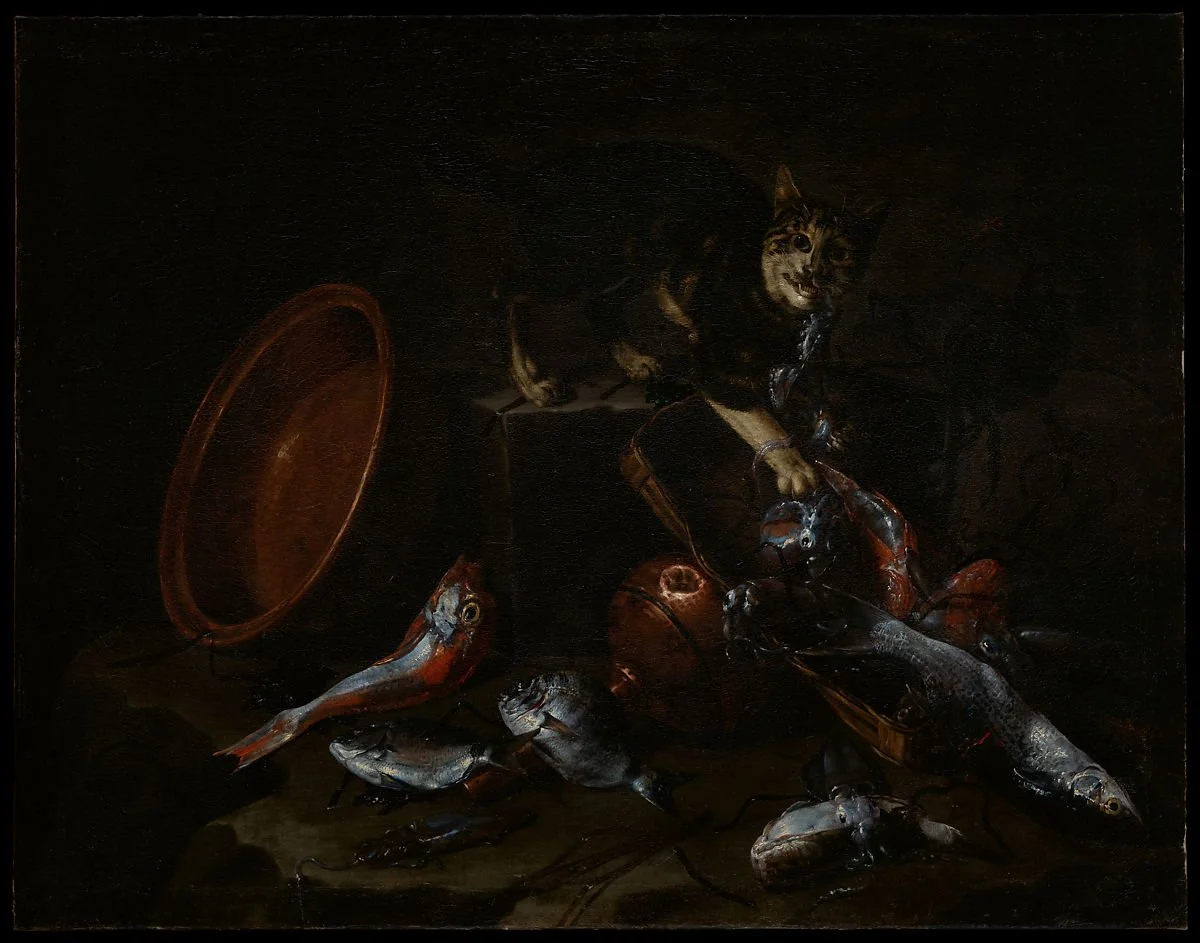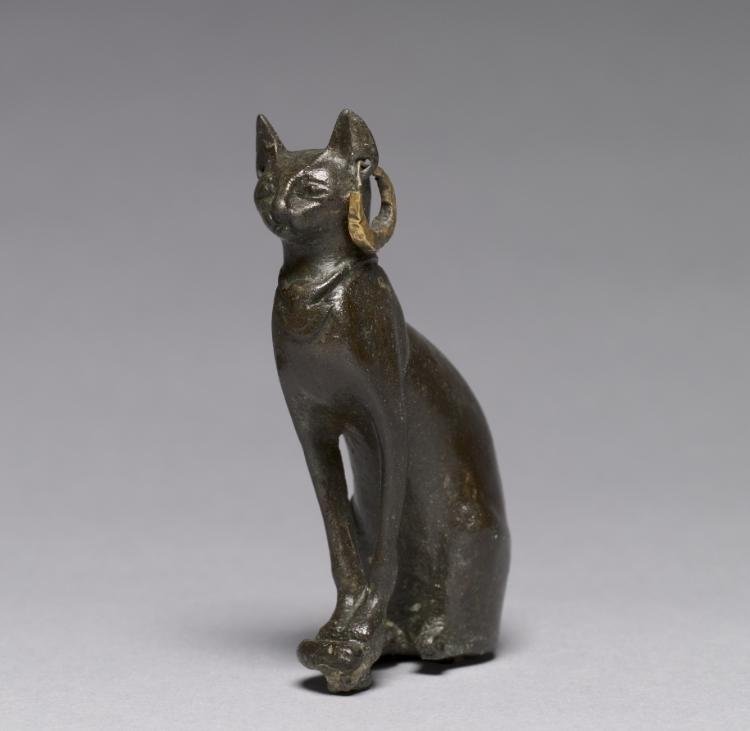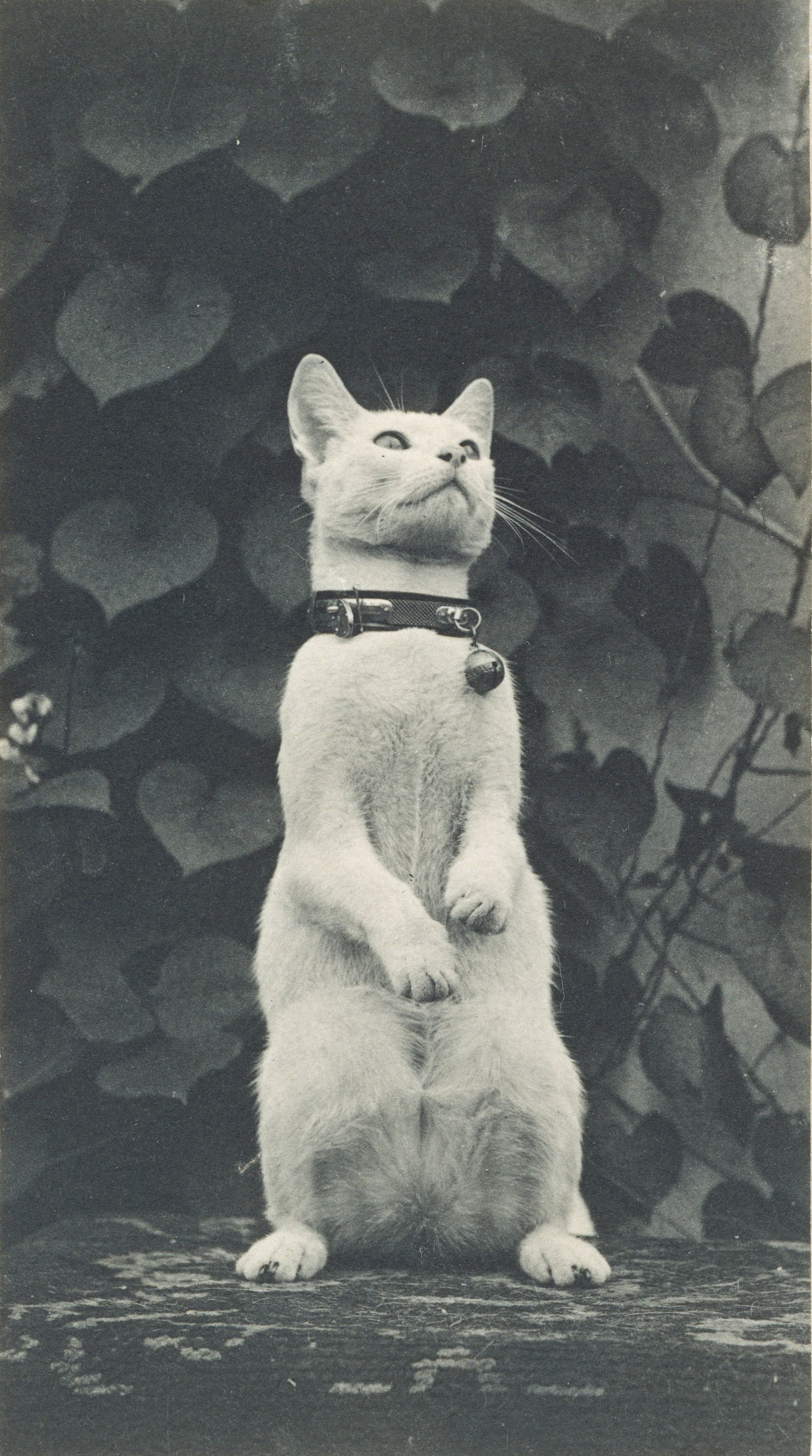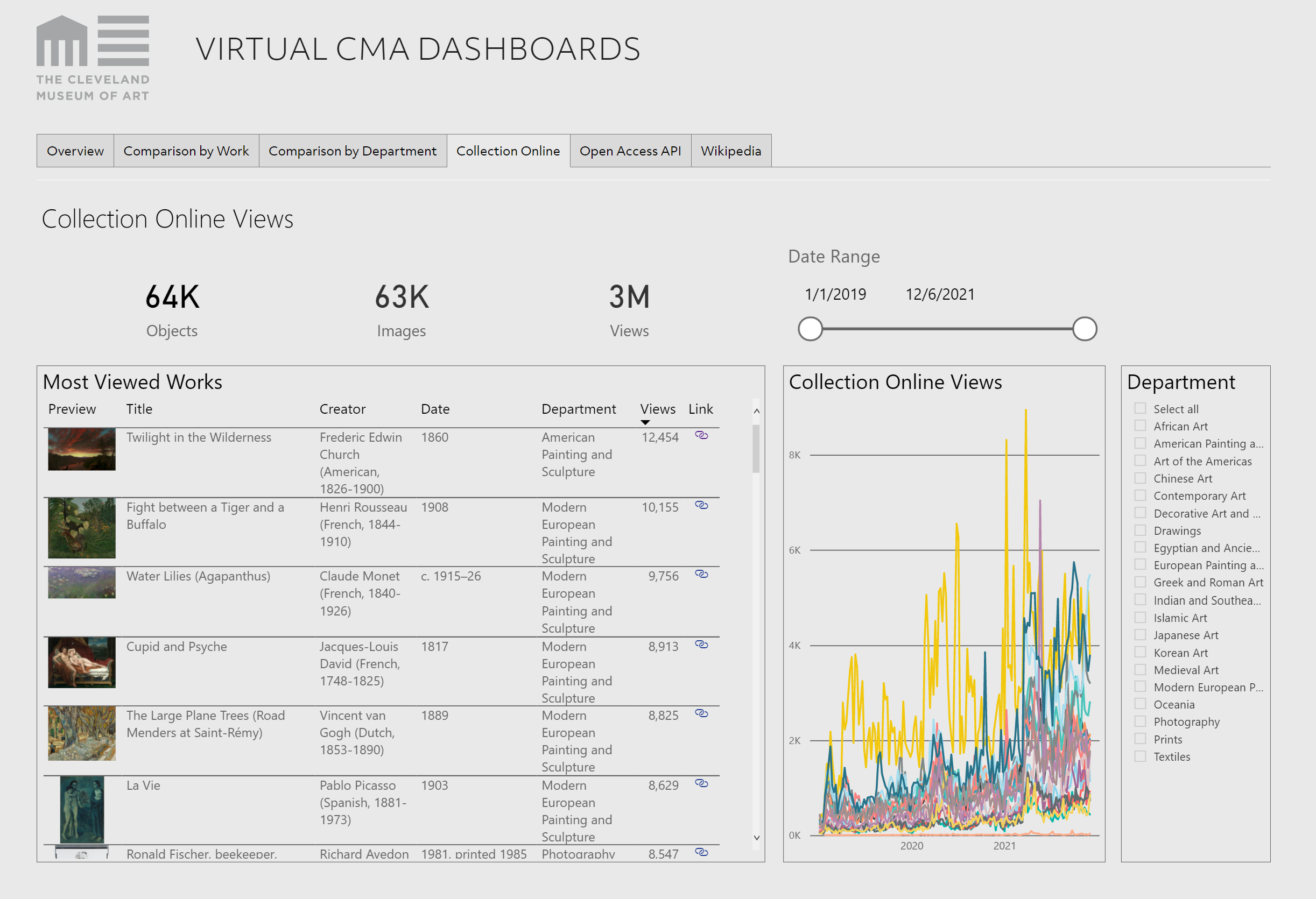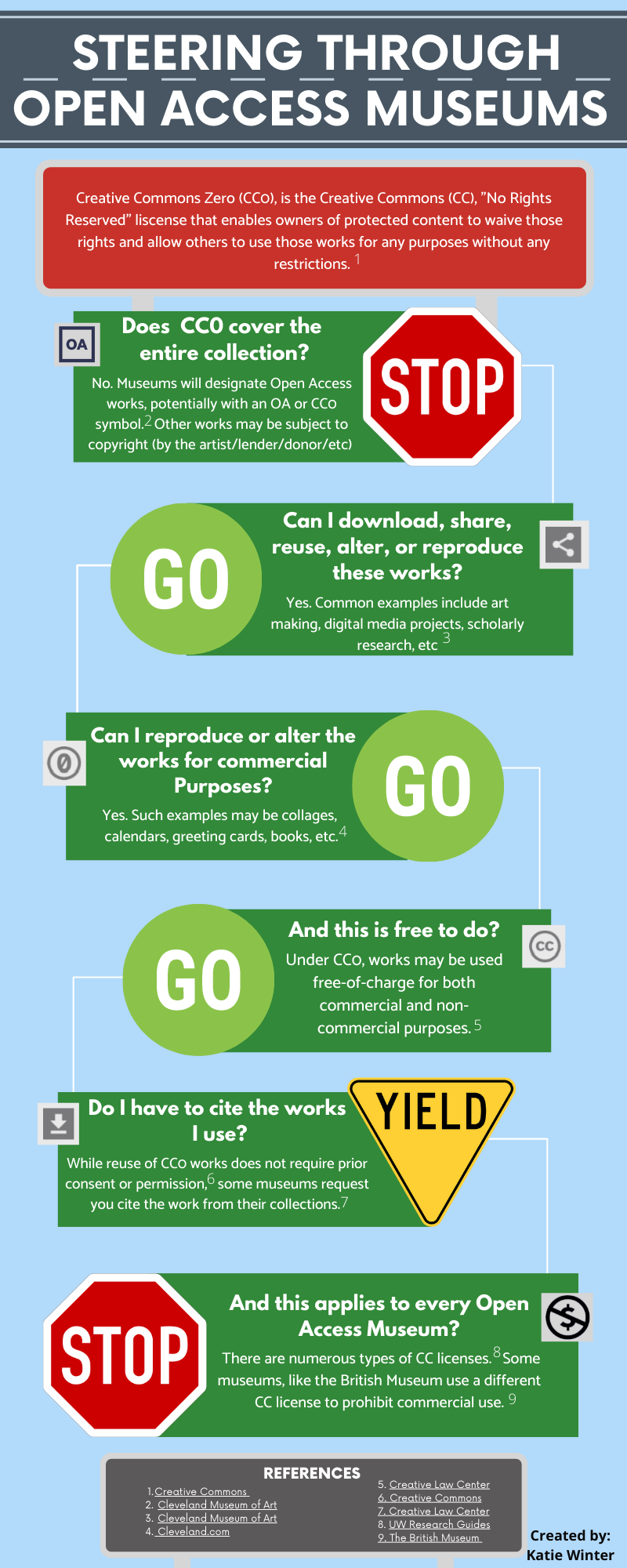Amidst Covid-19, many museums moved to sharing collections and exhibitions virtually. However, even before Covid, museums began sharing their collections in a virtual, accessible manner with Open Access. It is estimated that nearly 1,000 cultural heritage institutions world-wide have published some or all of their collections with Open Access usage. While Open Access exists in other industries, such as in libraries, this article focuses on the context of Open Access in the museum space.
Open Access in the museum space
According to the Western Museum Association, Open Access refers to efforts made by museums to provide high-resolution downloadable images free of charge to maximize the ability of the user to interact with, share, and reuse the images. As Open GLAM, GLAM standing for Galleries, Libraries, Archives, and Museums, explains, "Open Access is really just another way for your GLAM to communicate about copyright and its collection content to a wider online world, which is only aided by the refined use of standardized language so we all know what we're talking about." For example, under Open Access, users can download high-resolution images of works and reuse them in any way, even profit from them in cases. The below images (figures 1-3) are all Open Access works from various museums.
For some organizations, Open Access directly aligns with their mission. The Cleveland Museum of Art supports that in line with its mission, data and images belong to the public "for the benefit of all people, forever." The usage of Open Access, however, still varies greatly in the arts industry. Organizations like the Metropolitan Museum of Art have released over 375,000 works as Open Access, the Smithsonian nearly 3 million, CMA 64,000, and many others in differing amounts and ways. CMA boasts the public use of their Open Access through a virtual dashboard which allows viewers to see the total usage and views of its shared works (see fig 4).
Figure 4: The Cleveland Museum of Art's Virtual Dashboard shares a look at how their Open Access collections are utilized. Source: The Cleveland Museum of Art
Still, Open Access initiatives vary greatly in how they are shared and restricted, how organizations handle controversy within their collections, and how different museums leverage AI within this process. One example includes the Met utilizing AI in how they tag images in their open access collections. This process is overviewed in the following video from Microsoft (fig. 5).
Each of the museums previously mentioned, and numerous others, share portions of their collections in this Open Access way with the help of Creative Commons.
Creative Commons
Creative Commons is a nonprofit organization with the mission to "help overcome legal obstacles to the sharing of knowledge and creativity to address the world's pressing challenges." To pursue its mission, the organization provides Creative Commons licenses as well as public domains tools for individuals and organizations to grant copyright permissions for creative and academic works. The organization additionally provides numerous other supports and services around licensing, copyrights, and ownerships.
Even as more museums work with Creative Commons, the organization is not new. In fact, Creative Commons, as of 2021, celebrated 20 years of commitment to open access. Additionally, the organization prides itself on opening access to 2.0 billion works and counting. To expand such access, the organization offers numerous licenses to provide a standardized way to grant the public permission to use works under copyright law.
The following series of images share frequent symbols that accompany a license title and designate the restrictions of each:
The organization additionally offers an online quiz to help organizations decide which license may fit their needs. For museums, sharing works in the most unrestricted way constitutes the Public Domain (see figure 8) dedication, known as using the Creative Commons Zero designation.
Creative Commons Zero
As Creative Commons outlines, Creative Commons Zero (CC0 or CC Zero) is "a public dedication tool, which allows creators to give up their copyright and put their works into the worldwide public domain." More specifically, the language reads:
"The public can reliably and without fear of later claims of infringement build upon, modify, incorporate in other works, reuse and redistribute as freely as possible in any form whatsoever and for any purposes, including without limitation commercial purposes."
This commercial element allows users to reproduce, download, share, alter, or distribute these works in any medium or format. The following infographic common questions and additional information regarding the ways viewers can use works under CC0 (fig 11).
Fig. 11. An infographic that guides the reader through various questions as they relate to CC0 in the usage of museum collections. Source: Author
As mentioned in the last question in the infographic, not all museums utilize the CC0 designation. Such museums will show their restrictions using the symbols discussed previously (see figs 4-8). Such differentiation among museums further illustrates the variation in how Open Access differs in museums. Museums not only differ in their progress in these initiatives but also in the way they provide access to collections' metadata and in how they encourage public interaction with their collections.
What Open Access means for museums
Open Access is a significant process for museums that also includes much introspection regarding rights and reproduction. It is important to recognize that CC0 licenses provide an opportunity for works to be 're-used downstream' by others in a completely independent way. For museums, this potentially takes objects out of the educational environment of a museum, which has pre-conceived relationships with viewers and how audience members engage with works. Open Access allows artistic works to break out of the museum environment and the public to reuse and alter them, including as greeting cards or even collages. For museums, this leaves many discussions open about how we share items with significant heritage or culture or who exactly deserves ownership over these items. While museums are each handling these decisions in different ways, Open Access still provides museums the opportunity to increase public engagement with works, diverge into new areas of operations, and collaborate with other organizations and creators.
+ Resources
“Artist Amy Karle & The Smithsonian Institution Collaboration.” Amy Karle, March 3, 2020. https://www.amykarle.com/project/_smithsonian_collaboration/.
Bond, Sarah E. “What the ‘Nefertiti Hack’ Tells Us about Digital Colonialism.” Hyperallergic, August 4, 2021. https://hyperallergic.com/647998/what-the-nefertiti-hack-tells-us-about-digital-colonialism/.
“Choose a License.” Creative Commons. Accessed October 21, 2021. https://creativecommons.org/choose/#.
“Copyright and Permissions.” The British Museum. Accessed September 26, 2021. https://www.britishmuseum.org/terms-use/copyright-and-permissions.
“Creative Commons Is Turning 20.” Creative Commons, May 24, 2021. https://creativecommons.org/.
“Creative Direction - CMA + AG.” Jess Williams, January 2019. https://cargocollective.com/JessicaDonofrioWilliams.
Fisher, Alise. “Smithsonian Releases 2.8 Million Free Images for Broader Public Use.” Smithsonian Institution, February 25, 2020. https://www.si.edu/newsdesk/releases/smithsonian-releases-28-million-free-images-broader-public-use.
Gill, Ian. “Assessing the Impact of Open Access on Museum Image Use Policy.” Western Museums Association. Accessed October 22, 2021.https://westmuse.org/articles/assessing-impact-open-access-museum-image-use-policy.
Litt, Steven. “Cleveland Museum of Art Launches next-Generation Open Access to Artworks and Data Online.” cleveland.com, January 24, 2019. https://www.cleveland.com/life-and-culture/g66l-2019/01/fe82a74cbf1054/cleveland-museum-of-art-launches-nextgeneration-open-access-to-artworks-and-data-online-.html.
McCarthy, Douglas. “Open Access and Art History in the 21st Century: The Case for Open Glam.” CODART, February 12, 2021. https://www.codart.nl/feature/museum-affairs/open-access-art-history-and-the-21st-century-museum/.
“Open Access FAQs.” Cleveland Museum of Art, February 22, 2021. https://www.clevelandart.org/open-access-faqs.
Paqua, Megan. “Beyond Digitization: Planning for Open Access Collections.” Medium. Pratt Institute, November 6, 2018. https://museumsdigitalculture.prattsi.org/beyond-digitization-planning-for-open-access-collections-fb7325163f5d.
Tallon, Loic. “Introducing Open Access at the Met.” The Met, February 7, 2017. https://www.metmuseum.org/blogs/digital-underground/2017/open-access-at-the-met.
“Virtual CMA Dashboards.” Cleveland Museum of Art. Accessed October 22, 2021. https://www.clevelandart.org/art/collection/dashboard#page-3.
“What Is Open Access?” GLAM 3D. Accessed October 21, 2021. https://glam3d.org/what_is_open_access.html#23-open-access-drives-an-organizations-mission-and-empowers-its-vision.
“What We Do.” Creative Commons, August 27, 2020. https://creativecommons.org/about/.
Young, Anne. “A ‘Cheatsheet’ of Glam Licensing Practices and Open Access Policies.” Medium. Open GLAM, March 9, 2020. https://medium.com/open-glam/a-cheatsheet-of-glam-licensing-practices-and-open-access-policies-5acf4adebcd6.
Young, Anne. “What Issues Do Rights and Reproductions Specialists Need to Consider?” Medium. Open GLAM, January 27, 2020. https://medium.com/open-glam/2-what-issues-do-rights-and-reproductions-specialists-need-to-consider-446f439306d5.

